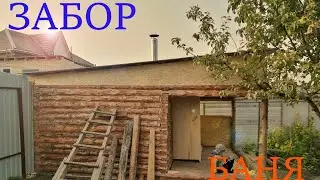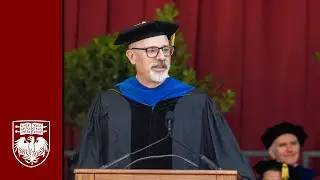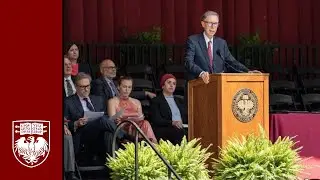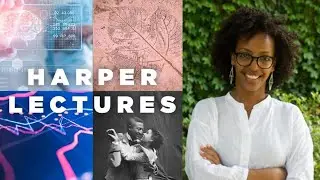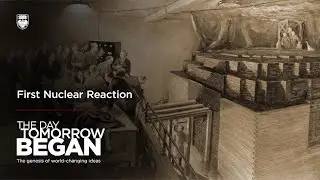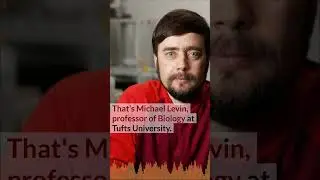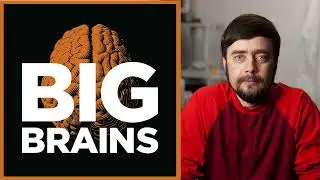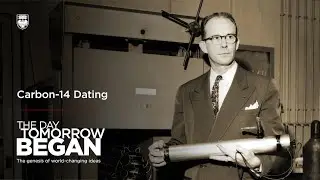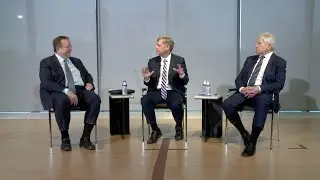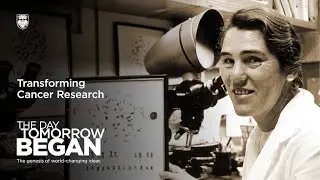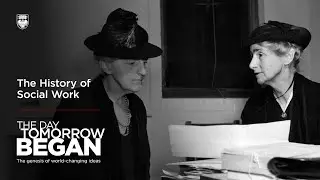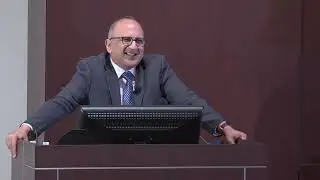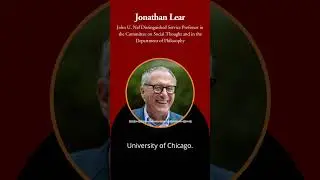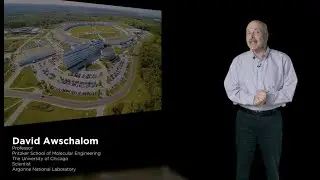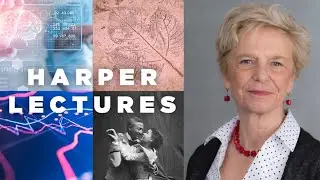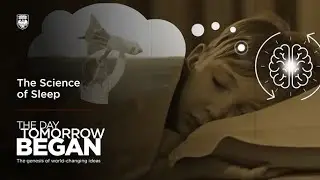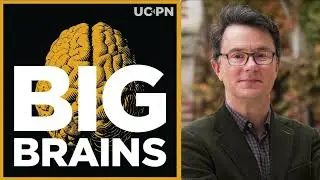First nuclear reaction | The Day Tomorrow Began
As World War II raged, a group of Manhattan Project scientists gathered beneath the football stands at the University of Chicago to work on a secret experiment that would radically reshape the 20th century.
Led by Enrico Fermi, they worked feverishly to build a 20-foot-tall structure of graphite and uranium called "Chicago Pile-1," and on Dec. 2, 1942, achieved the first controlled, self-sustaining nuclear chain reaction.
The breakthrough marked the beginning of the Atomic Age—and it would change everything from energy to medicine to the geopolitical landscape. It resulted in a devastating weapon, a new way to make electricity, a new blueprint for scientific research and the creation of the first national scientific laboratories, new tools to understand biology and a new global landscape.
Learn more here: https://news.uchicago.edu/the-day-tom...
First nuclear reaction explained: https://news.uchicago.edu/explainer/f...
Discover The Day Tomorrow Began here: https://news.uchicago.edu/the-day-tom...
➡ Subscribe: http://bit.ly/UCHICAGOytSubscribe
About #UChicago:
Since its founding in 1890, the University of Chicago has been a destination for rigorous inquiry and field-defining research. This transformative academic experience empowers students and scholars to challenge conventional thinking in pursuit of original ideas.
#UChicago on the Web:
Home: http://bit.ly/UCHICAGO-homepage
News: http://bit.ly/UCHICAGO-news
Facebook: http://bit.ly/UCHICAGO-FB
Twitter: http://bit.ly/UCHICAGO-TW
Instagram: http://bit.ly/UCHICAGO-IG
University of Chicago on YouTube:
/ uchicago
***
ACCESSIBILITY: If you experience any technical difficulties with this video or would like to make an accessibility-related request, please email [email protected].


![OASIS V2 BETA - MOD MENU MINECRAFT PS3 [FREE] [HEN/CFW] [SPRX]](https://images.videosashka.com/watch/QBx8qRfLEQo)

